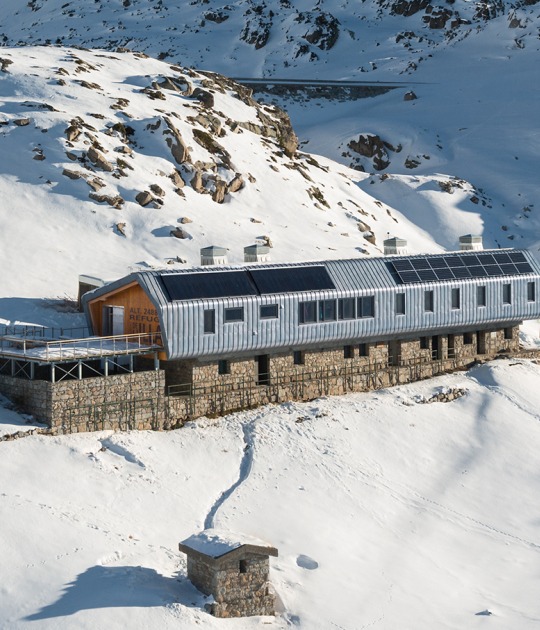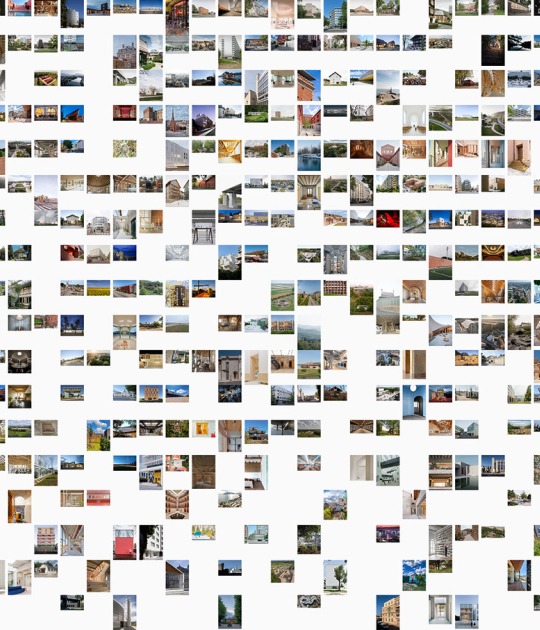The use of white to generate contrast during warm seasons and to blend in with the surroundings during snowfalls will be a fundamental factor in the design of the project, as the permeability and transparencies of the enclosure that allow the user's views to be focused on the sculpted landscape.
Description of project by Studio Paul Kaloustian
The project is an initiative from COAF (Children of Armenia Fund) based in New York and the legendary art gallerist Tony Shafrazi who invited us to design the first Smart Center.
Tony introduced the art community as well as Hollywood to the project through auctions and annual Galas. Artists like Urs Fischer, Richard Prince and stars like Leonardo de Caprio and Kim Kardashian joined the Armenian Diaspora to fund the project.
Historically located on highlands at the crossroads of trading routes, religious movements and wars between empires, Armenia has always been a country of strong willed people attached to their ancestral lands and culture.
Lori province, Armenia. The landscape dominates the senses of all who pass through the corridors of the highlands. It was inevitable to follow the language that already existed on site: mark the valley with a smooth organic presence adapted to the landscape.
As a legitimate landmark, instead of emphasizing the building the emphasis was to be the landscape. In so doing, the architecture of the campus establishes a new reading of nature and structure. The center's organic form embraces the landscape by creating a sinuous ribbon like walkway around an immense courtyard of approximately 7500sqm with a mere construction footprint of 3700sqm surrounding it. The single storey building spreads horizontally following the shape of the land. The 600m facade comprises of opaque walls and 168 panels of glass, each 1.5m in width and 4m in height. The transparency of the glass facades connects the enclosure with the immense courtyard beyond it. It magnifies the landscape through reflection while at the same time creating ambiguity of boundaries between inside and outside.
The design generates an environment incorporating as part of its lexicon exuberant sensorial experiences and expansive visual panoramas and the embraced landscape becomes a celebration of the rural.
The construction finally looks as though it has been seamlessly placed on the unmodified landscape, inviting the landscape to take over the campus.
The visitor arrives to the main building, an inviting sheltered concave space. They enter into an enclosure that opens out to a new space bathing in light. The immense courtyard beyond the clear glass seems an extension of the interior. The volume slowly thins out and disintegrates into an open air walkway around the courtyard. While from the enclosure the landscape seems to be part of the interior, from the courtyard, the immense size of the landscape dwarfs the structure.
The main characteristic of the indoor may be the circulation that shifts from the task of being a service area to the task of being a lived area. As such, the visitor is exposed to various activities as they walk within the enclosed spaces around the courtyard. The vast green heart of the project can itself become a stage hosting different kinds of events accessible from many entry points around its circumference as the circulation of the campus has no significant hierarchy.
Around the center, amenities punctuate the landscape of the campus as small, seamless cylindrical enclosures that hide within them extensions to immense outdoor spaces.
This contradictive play of scale between landscape and building, blurs all the visual boundaries. The blend becomes an essential architectural language where architecture becomes a gateway to nature and in return the architecture is adopted by the landscape as its extension. Indeed, there are no fences defining boundaries around the lot, making the building the only boundary on the landscape defining a space: a courtyard. It is thus that the Smart Center becomes a lyrical hymn to the Landscape of Armenia.







































































